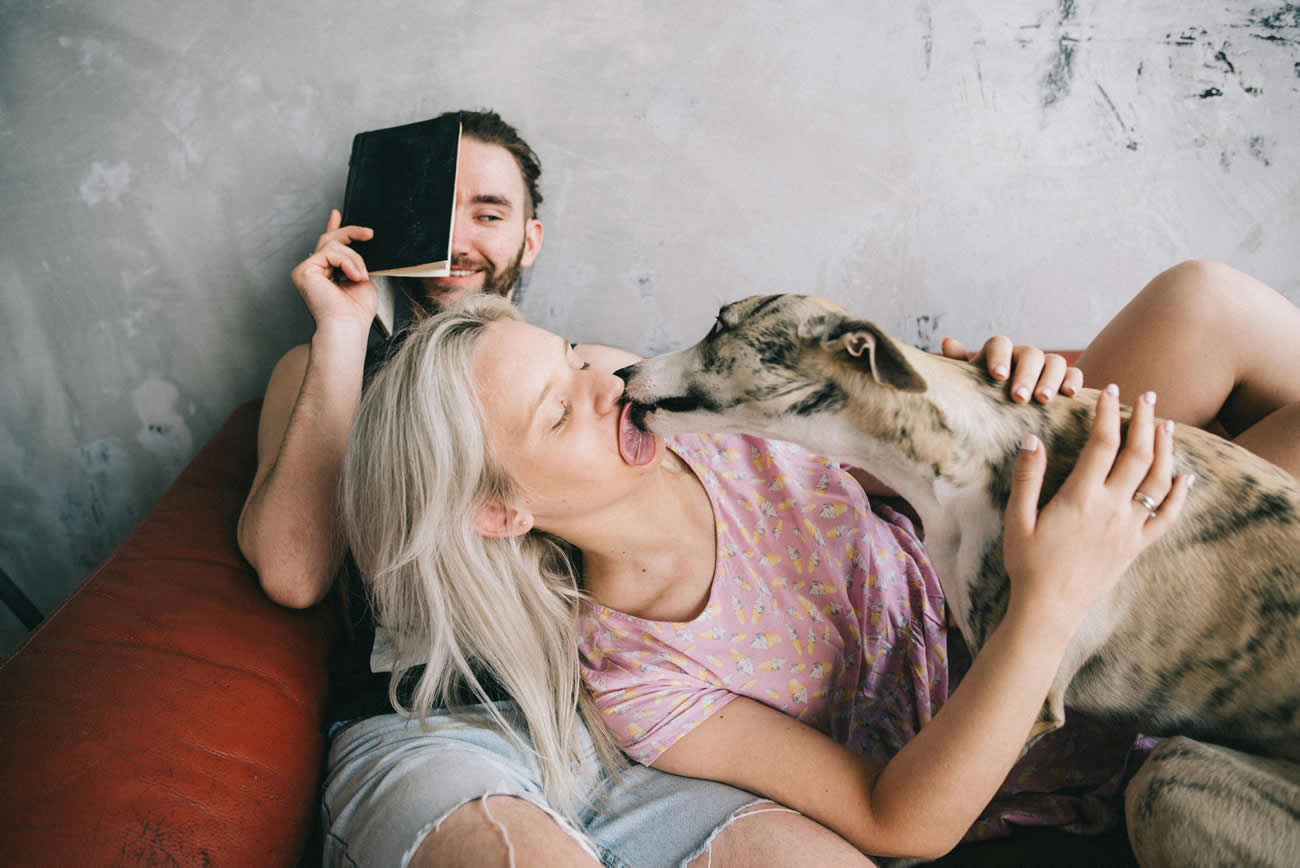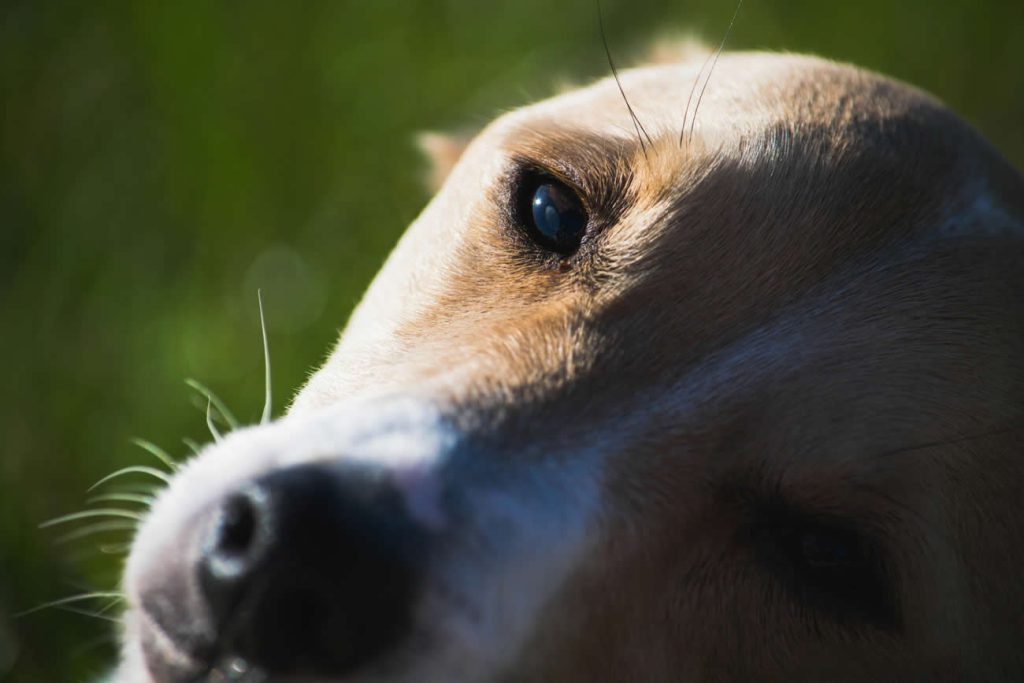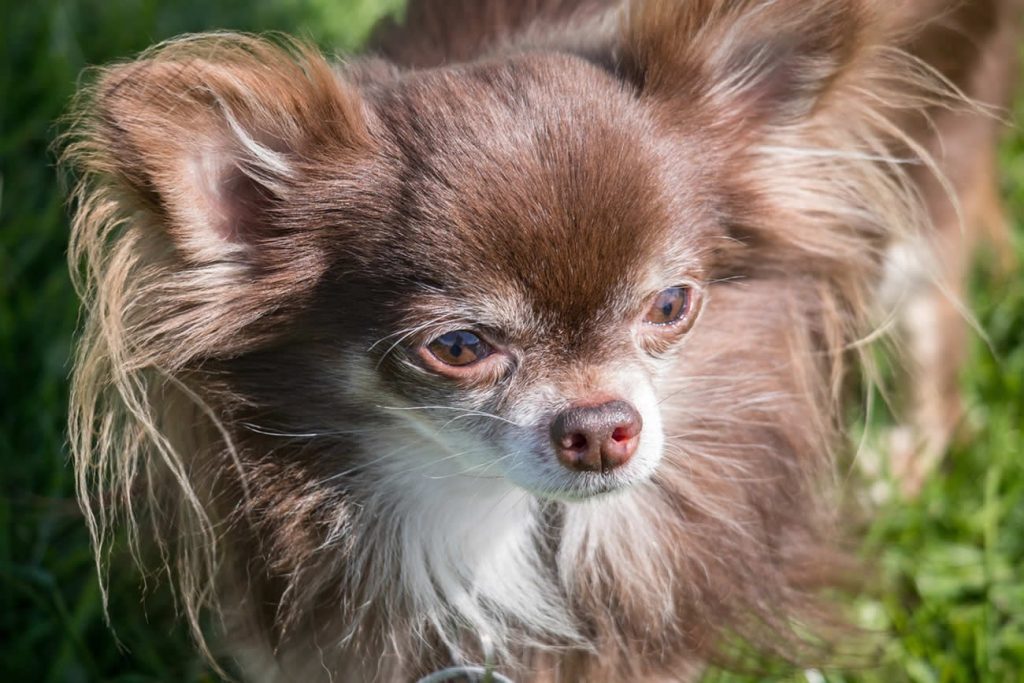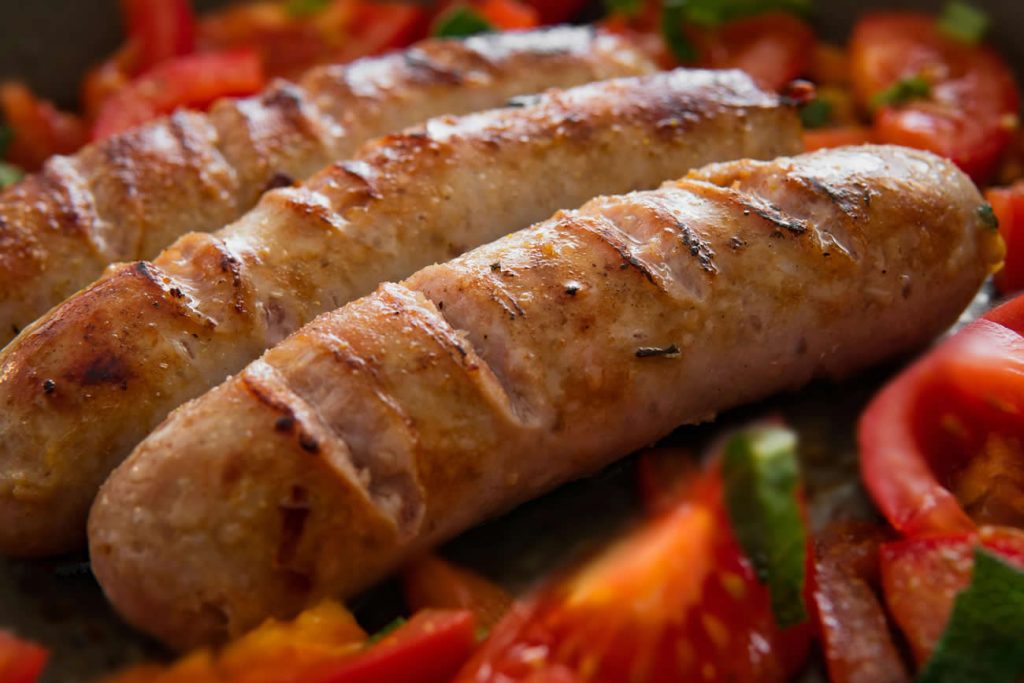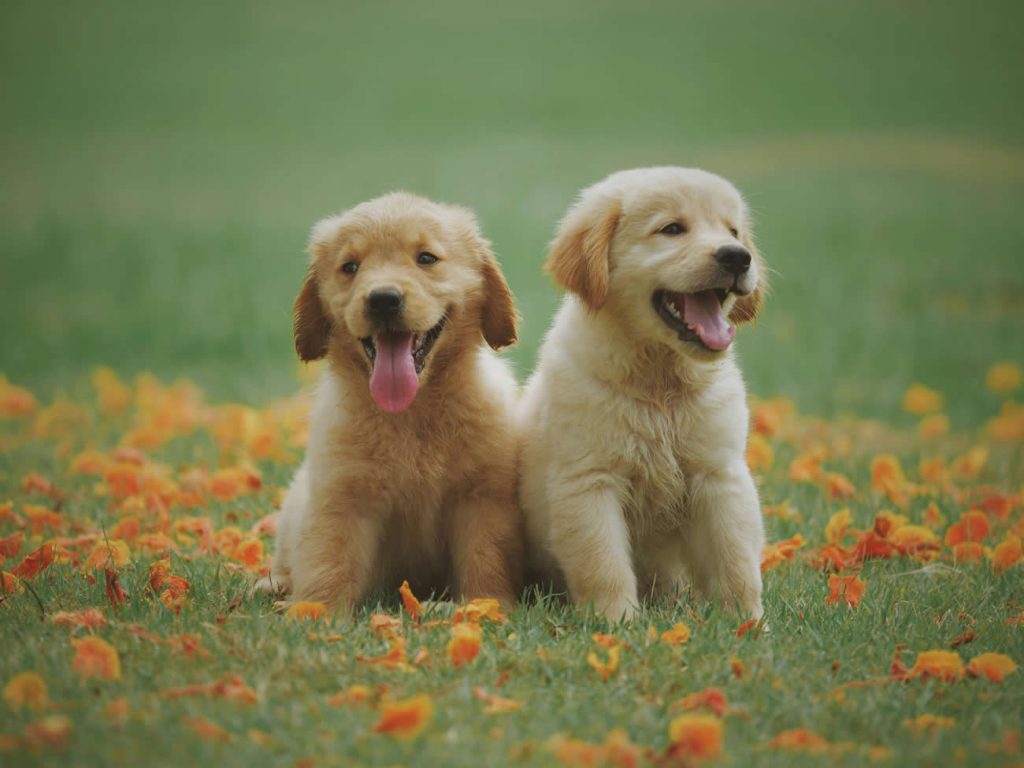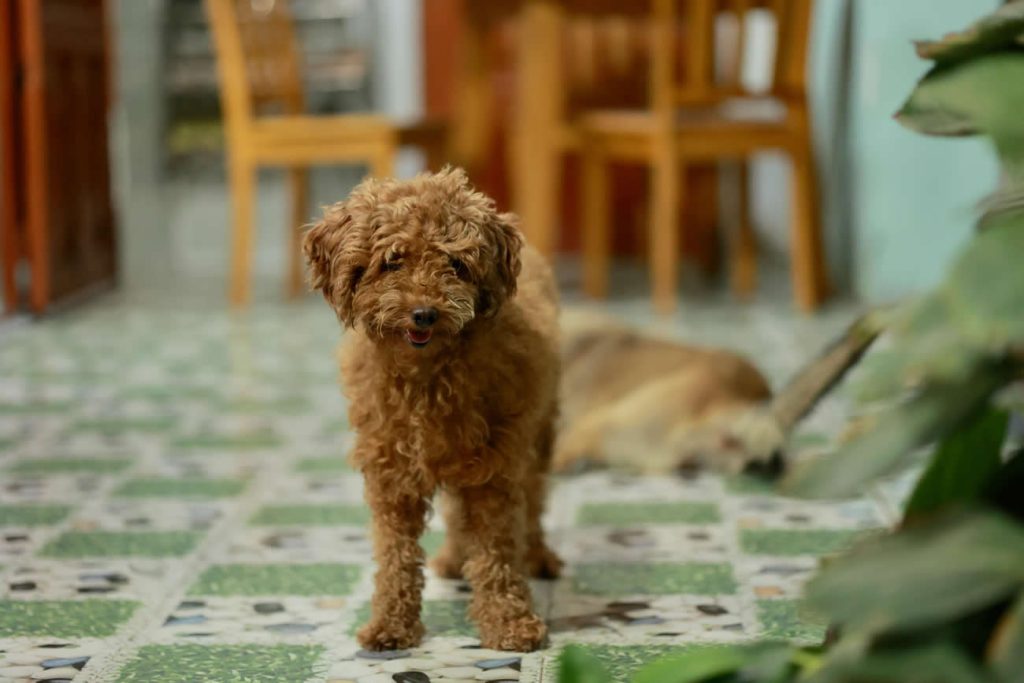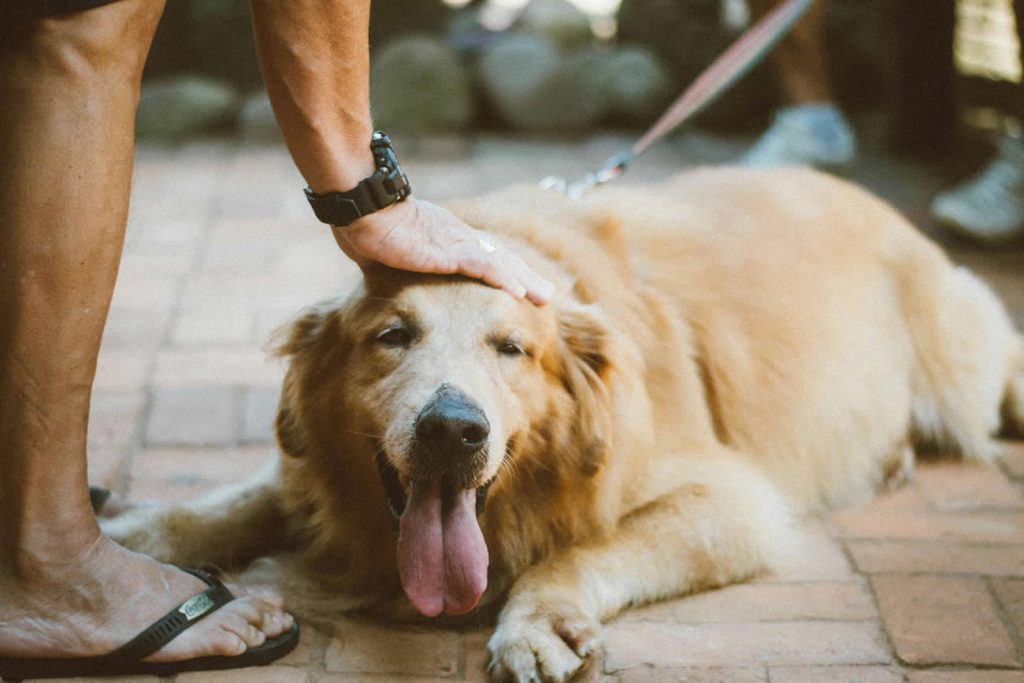Dogs are known for their affectionate behaviour, and one of the most common ways they express this affection is through licking. As a pet owner, you may have noticed your furry friend showering you with slobbery kisses, but have you ever wondered what this behaviour truly signifies?
Understanding the reasons why dogs lick can help you appreciate their actions and respond appropriately.
The Instinctual Nature of Licking
Licking is an instinctive behaviour that dogs inherit from their ancestors. In the wild, canines, such as wolves, lick each other as a form of social interaction.
When a wolf returns from a hunt, its pups will lick around its mouth to encourage the parent to regurgitate food. This behaviour not only fosters bonding but also serves a practical purpose—ensuring the survival of the young.
In domestic dogs, this instinct remains strong. When your dog licks you, it may be a way of greeting you after you’ve been away or expressing joy in your presence. The act of licking releases endorphins in a dog’s brain, which can create feelings of pleasure and relaxation. Thus, licking can be both a greeting and a means of comfort.
Affectionate Greetings
One of the primary reasons dogs lick their owners is to show affection. When your dog licks you, it is often perceived as a canine kiss. This behaviour can be traced back to their early days as puppies when their mothers groomed them by licking. This act provides comfort and security, and many dogs carry this behaviour into adulthood as a way to express love and attachment.
When you come home after a long day, your dog may lick your face or hands as a way to greet you. This is not just a sign of happiness; it is also a way for them to connect with you emotionally. The licking releases feel-good hormones, which help strengthen the bond between you and your pet.
Seeking Attention
Dogs are social creatures, and they thrive on interaction with their human companions. If your dog licks you and you respond with attention—whether it’s petting, talking, or laughing—they quickly learn that licking is an effective way to gain your focus. This behaviour often becomes a learned response, where your dog continues to lick you to elicit the same reaction.
If your dog seems particularly persistent in their licking, they may be feeling bored or lonely. In such cases, it is essential to engage your dog in activities that provide mental and physical stimulation. Regular playtime walks and interactive toys can help redirect their attention away from excessive licking.
Exploring Their Environment
Dogs experience the world primarily through their sense of taste and smell. Their mouths are equipped with taste buds that allow them to savour various flavours, and licking is a way for them to explore their surroundings. When your dog licks you, they are not only expressing affection but also trying to gather information about you.
You may have noticed that your dog is more likely to lick you after you’ve eaten or if you’ve been sweating. This is because they are curious about the different scents and tastes on your skin. The salty residue from sweat or remnants of food can be particularly appealing to them, prompting them to lick as a way of investigating.
Comfort in Anxiety
Licking can also serve as a self-soothing behaviour for dogs experiencing stress or anxiety. If your dog is feeling uneasy, they may lick you or themselves to calm down. This behaviour can manifest during stressful situations, such as thunderstorms, fireworks, or changes in their environment.
Paying attention to your dog’s body language can help you determine if their licking is a response to anxiety. Signs of stress may include panting, pacing, or hiding. If you suspect that your dog is licking due to anxiety, consider implementing calming techniques, such as providing a safe space, using anxiety wraps, or consulting with a veterinarian for further guidance.
The Taste Factor
As previously mentioned, dogs lick not only to express affection but also to explore taste. Your dog may find your skin appealing due to the flavours left behind from food or the natural salts produced by your body. This can be particularly evident after you’ve exercised, as the sweat on your skin can be enticing to your dog.
Moreover, if you use scented lotions or creams, your dog may be drawn to the smell and taste of these products. While this behaviour is generally harmless, it is crucial to monitor what your dog is licking. Some lotions or medications can be toxic to dogs, so ensure that you keep potentially harmful substances out of their reach.
When Licking Becomes a Problem
While licking is a natural behaviour for dogs, it can sometimes become excessive. If your dog licks you or themselves compulsively, it may indicate an underlying issue. Excessive licking can be a sign of anxiety, boredom, or even a medical condition.
When licking becomes problematic, it is essential to consult with a veterinarian. They can help rule out any potential health issues and provide guidance on how to address the behaviour. In some instances, a certified animal behaviourist may be needed to develop a dog training plan to reduce the licking.
Training to Reduce Licking
If your dog’s licking becomes bothersome, there are several strategies you can implement to help curb the behaviour. Here are some effective methods:
- Ignore the Licking: When your dog starts licking, avoid giving them attention. Stand up and walk away, as this will signal to them that licking does not yield the desired response.
- Redirect Attention: When your dog starts licking, provide it with alternative activities. This could include offering a chew toy or puzzle or engaging it in play.
- Positive Reinforcement: Encourage your dog to exhibit behaviours you prefer by rewarding them with treats and praise when they refrain from licking. This will help them associate good behaviour with positive outcomes.
- Consistency is Key: Establish clear boundaries for your dog regarding licking. Ensure that all family members are on the same page, as mixed messages can confuse your pet.
- Increase Exercise and Stimulation: A well-exercised dog is less likely to engage in excessive licking. Regular walks, playtime, and mental challenges can help keep your dog happy and occupied.
Should You Allow Licking?
The decision to allow your dog to lick you is ultimately a personal choice. While many owners enjoy the affectionate behaviour, it is essential to be mindful of hygiene. Dogs’ mouths contain bacteria, and while most dogs are healthy, there is still a risk of transmitting germs.
If you choose to let your dog lick you, consider washing the area with soap and water afterwards to minimise the risk of contamination. Additionally, avoid allowing your dog to lick any open wounds, as this could lead to infections.
Conclusion
Understanding why dogs lick can enhance your relationship with your furry friend. Whether it’s a sign of affection, a means of exploration, or a way to seek comfort, licking is a natural behaviour rooted in instinct. By recognising the reasons behind this behaviour, you can respond appropriately and ensure that both you and your dog are happy and healthy.
Ultimately, nurturing a strong bond with your dog involves understanding their needs and behaviours. By providing love, attention, and the proper training, you can create a positive environment where both you and your dog thrive.

